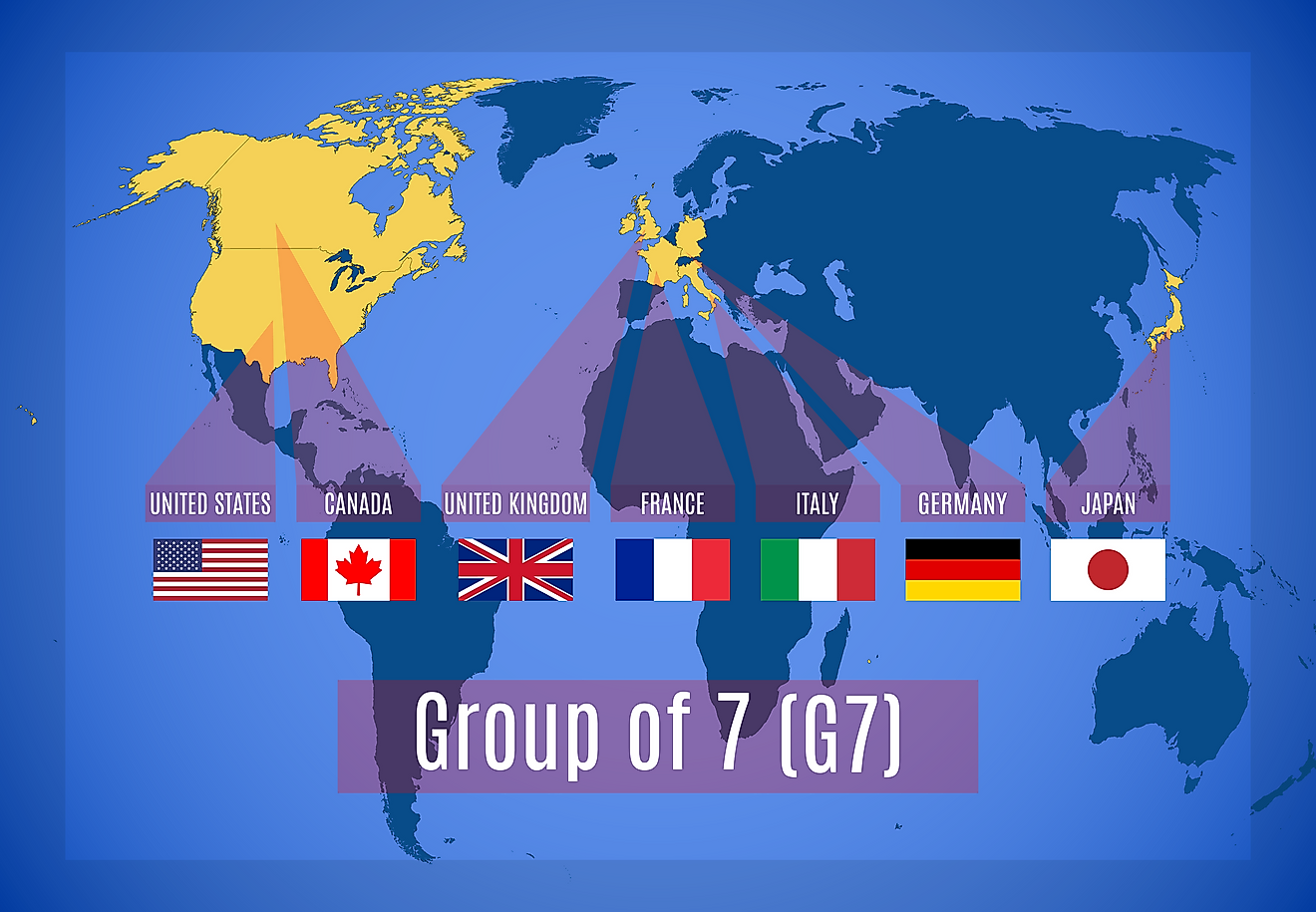The Crisis In Venezuela

- Hugo Chavez, who assumed Venezuela's presidency in 1999, instituted policies that led to the sharp decline of the country's economy.
- About 5.4 million people have fled Venezuela to escape the harsh economic conditions in the country.
- Venezuela now suffers shortages of basic goods, including fuel, electricity, and even clean water.
- Venezuela now has two men who claim to be the country's legitimate president.
- Venezuela has the world's largest oil reserves.
Venezuela is the most oil-rich country in the world. But despite its oil riches, socio-economic problems have continuously plagued the South American country. In 1998, however, a man named Hugo Chavez ran for the Venezuelan presidency, promising to address the rampant poverty and social inequality in the country. These promises won him the election, and once he assumed the presidency, Chavez set about reforming the country into what he believed would be a more just society. But despite initial successes, Chavez’s reforms would lead what was once a rich country into an economic abyss, which would eventually result in the creation of one of the world’s largest migrant crises.
About Venezuela
Venezuela is a country in northern South America. It is bordered to the north by the Caribbean Sea, to the south by Brazil, to the east by Guyana, and to the west by Columbia. The country was once part of Gran Columbia, the independent country created by Simon Bolivar, who was born in Venezuela, and who led the struggle for the independence of Spanish South America from Spain. In 1830, however, Venezuela split off from Gran Columbia to become a separate country. In 1914, Venezuela began producing oil. Today, Venezuela is known to have the world’s largest share of oil reserves, at 18.2% of the world’s total.
Venezuela’s population is approximately 28.3 million. This population contains a mixture of people of European, African, and indigenous descent. It is estimated that about half of Venezuela’s population is Mestizo (people of mixed European and indigenous descent), while 42.5% are of European descent, 3.5% of African descent, 2.5% of indigenous descent, and 1.2% belonging to other groups. Caracas, Venezuela’s capital, is also the country’s largest city, with about 3 million people residing therein. Other cities with one million or more inhabitants include Maracaibo, Maracay, and Valencia.
The Rise Of Hugo Chavez
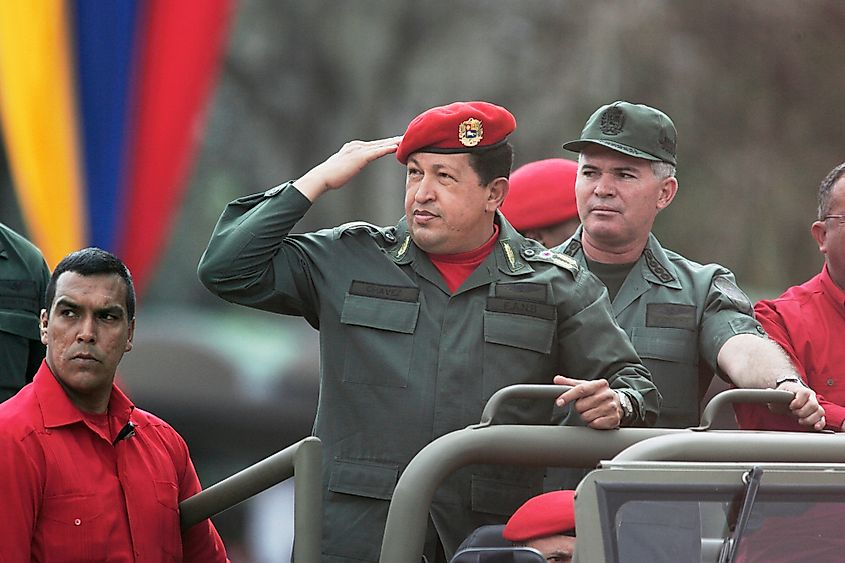
Hugo Chavez first appeared on the scene in Venezuela as a colonel in the country’s military. At first, he and his supporters attempted to seize power by force, against a backdrop of economic crisis and unrest in the country. Venezuela suffered mightily when oil prices crashed in the mid-1980s. In response, Venezuelan President Carlos Andres Perez implemented austerity measures backed by the International Monetary Fund (IMF), which included removing gas subsidies, long a staple of life in the oil-rich country. In 1989, riots broke out across the country. The Venezuelan government responded by imposing martial law. It would be a week before the riots subsided.
In 1992, Chavez and his supporters launched two unsuccessful coup attempts. For these attempts to seize power, Chavez was imprisoned. He and his insurgents were pardoned two years later, however, in an attempt to quell unrest in the country related to a domestic banking crisis. In 1998, when presidential elections in Venezuela were to be held, the price of oil crashed again, worsening the country’s economy. In the midst of these hard times, Hugo Chavez ran for the Venezuelan presidency. During his campaign, he promised to stamp out corruption, improve the country’s struggling economy, and use Venezuela’s oil wealth to reduce poverty and inequality in the country. Chavez would go on to win the election with 56% of the popular vote.
The Bolivarian Revolution
Upon assuming the presidency, Chavez launched a massive anti-poverty program that he called Plan Bolivar 2000. This plan set up so-called “Bolivarian Missions” dedicated to expanding social services and cutting poverty. Chavez also had a new constitution drawn up, which extended his term from four years to six years, expanded presidential powers, and remade the Venezuelan Congress into a unicameral legislature known as the National Assembly.
Chavez’s efforts to reduce poverty and inequality in Venezuela were initially successful. Among other things, the country’s poverty rate went from 23.4% in 1999 to just 8.5% in 2011. The national unemployment rate went from 14.5% in 1999 to 7.6% ten years later. Per capita GDP (gross domestic product) also rose, going from $4,105 to $10,801 in 2011. These improvements were owed in large part to booming oil exports, which went from $14.4 billion in 1999 to $60 billion in 2011.
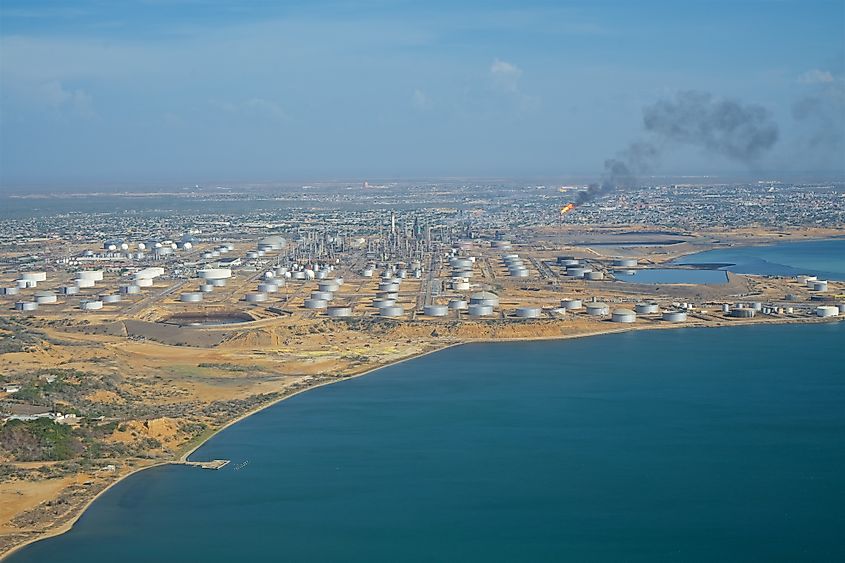
But at the same time as the socio-economic situation in Venezuela improved, Chavez was also sowing the seeds of a future crisis. He began doing this by stacking the management of the state oil company with his allies, threatening the current management at the time. This ultimately led to an unsuccessful coup attempt by Chavez’s political opponents in 2002. Chavez also fired thousands of workers from the state oil company in response to a strike by the industry in 2002-2003. These workers carried with them vast technical expertise, and their absence would harm oil production in the future, thereby severely damaging Venezuela’s economy.
Following the strike, Chavez further crippled the Venezuelan economy by pegging the country’s currency to the US dollar and instituting price controls for basic goods. Chavez did this in order to try and contain capital flight and inflation. But the result of these measures was a booming black market for US dollars and a shortage of basic goods, which were being sold at a loss due to price controls. Chavez harmed domestic production of goods even further by nationalizing many of the country’s businesses, forcing Venezuelans to rely on imports.
By the time Chavez passed away in 2013, Venezuela’s oil reserves had dwindled. Nationalization, the 2008 Global Financial Crisis, and the Chavez regime’s unsustainable spending on social programs led to a situation in which the country was producing just a fraction of the oil that it was capable of producing. At the same time, the Venezuelan government’s debt had more than doubled.
The Post-Chavez Era
Nicholas Maduro was Chavez’s chosen successor. He won the presidential election of 2013 by a narrow margin, causing the opposition to contest the results. Violence ensued and several people were killed. In order to contain the popular unrest from getting worse, Maduro instituted an information blackout under which the country’s central bank would no longer post information about statistics such as growth, government spending, or inflation. If this data had been released, it would have shown that within just a year after Chavez’s death, the economy contracted 50%, and inflation was soaring.
By 2015, it seemed that Venezuela’s economic crisis had finally caught up to Maduro, as the opposition won parliamentary elections that year. Once in control of the National Assembly, Maduro’s opponents called for a recall referendum to remove him. But election authorities hampered the opposition’s efforts, and prevented the recall vote from taking place. In 2017, Maduro attempted to undermine the opposition-controlled national assembly by calling for a constituent assembly to be set up in order to rewrite the constitution. In the same year, Venezuela defaulted on its national debt.
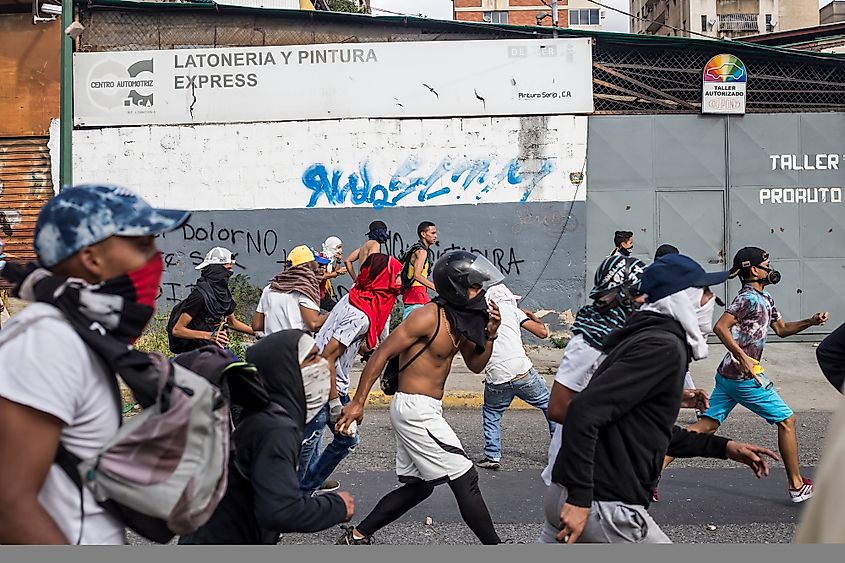
Venezuela’s most recent presidential elections took place in 2018. During the election campaign, opposition figures were jailed and disqualified from contesting the presidency. Most of the opposition ended up boycotting the vote. The election was widely viewed by the international community as fraudulent. The United States and European Union refused to recognize the results. In fact, more than 60 countries refused to recognize the re-election of Maduro. Matters were further complicated when the president of the National Assembly, Juan Guaido, declared himself the country’s head of state once Maduro’s term ended in 2019, citing the fraudulent presidential elections.
Venezuela Today
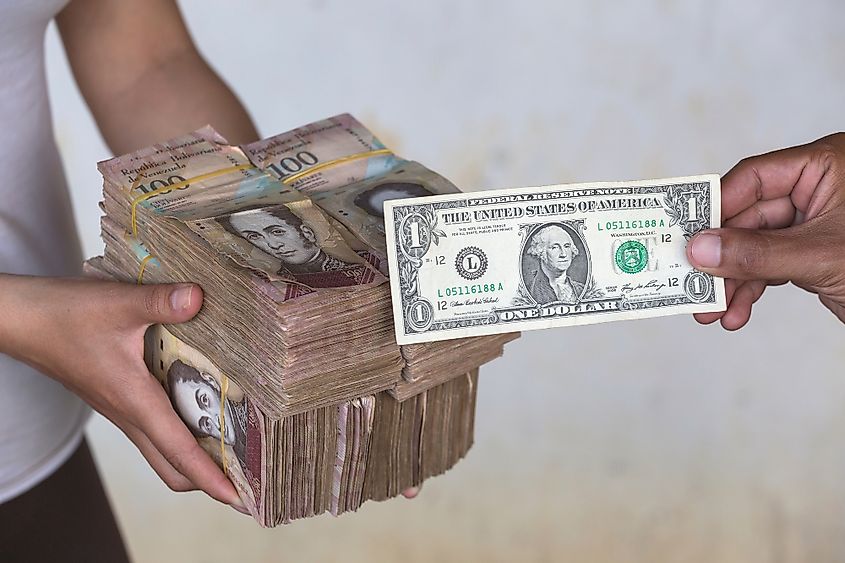
Since Guaido declared himself president in 2019, the world has been divided on who really is Venezuela’s legitimate leader. The United States, Canada, Brazil, and many other governments around the world have recognized Guaido as the legitimate president of Venezuela, but Russia, China, and Cuba still recognize Maduro as the legitimate head of state. Supporters of the two leaders are supposed to meet in Mexico this month in an attempt to resolve the current crisis.
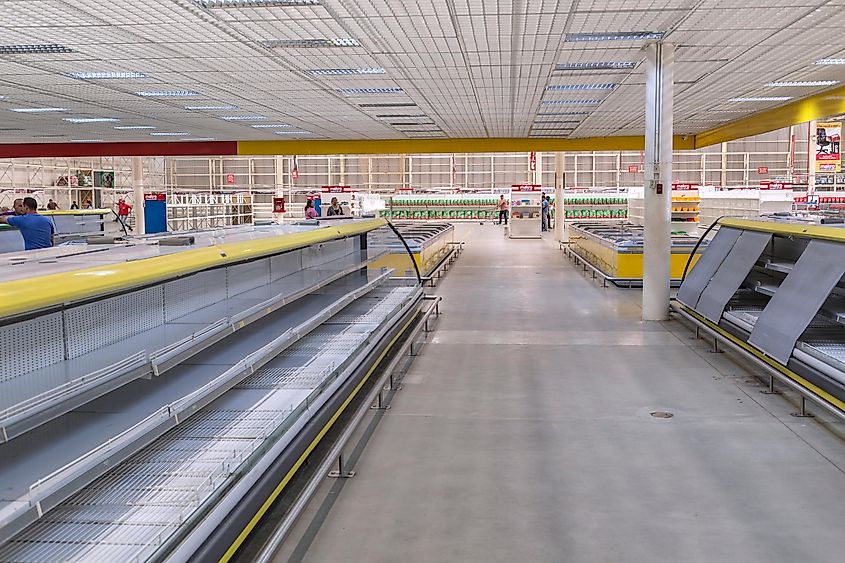
In the meantime, the people of Venezuela continue to suffer from the economic mismanagement and the political instability that has plagued their country since Hugo Chavez came to power in 1999. The Venezuelan economy is still in tatters, plagued by hyperinflation. The country’s private sector is abandoning the national currency, the Bolivar, in favor of US dollars. It is estimated that between January 2020 and January 2021, nearly half of all salaries in the country were paid in dollars. Shortages of basic goods continue, with fuel, electricity, and even clean water in short supply.
Many Venezuelans have given up on life in their country and have decided to leave. In fact, it is estimated that as of 2020, 5.4 million Venezuelans have left their country. Many of them have gone to neighboring countries, though some have gone as far as the United States and Spain. According to the International Rescue Committee (IRC), the migration out of Venezuela is now “the world’s second-largest external displacement crisis, just after Syria.”
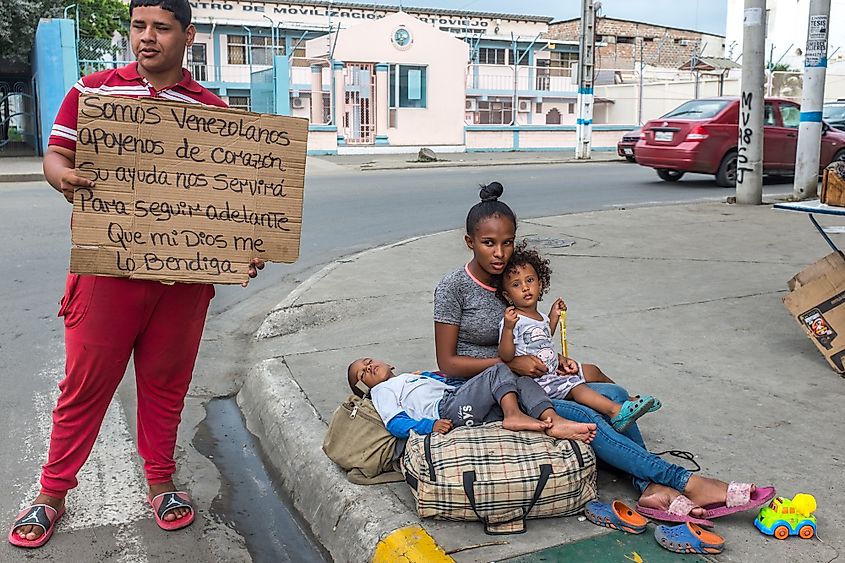
On June 21st of this year, a special representative of the United Nations High Commissioner for Refugees (UNHCR) and the International Organization for Migration (IOM) was quoted in the British newspaper, The Guardian, as saying, “Never in our history in Latin America have we faced such movement of people out of a country that was one of the richest in the region and a country that is not at war. Whatever fails in one of the largest and richest countries in the subcontinent is going to affect the rest of the region. Latin America will never be the same.”
